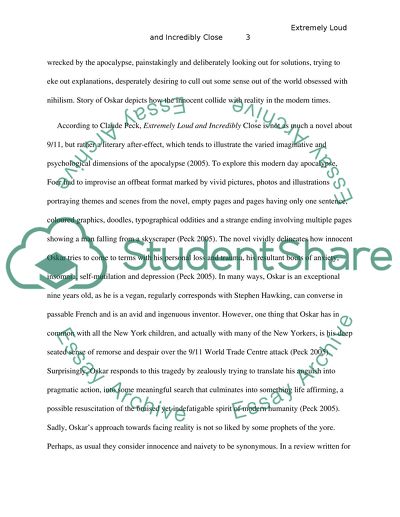Cite this document
(“Jonathan Safra Foer Extremely Loud and Incredibly Close (2005) Literature review”, n.d.)
Retrieved from https://studentshare.org/gender-sexual-studies/1406842-jonathan-safra-foer-extremely-loud-and-incredibly
Retrieved from https://studentshare.org/gender-sexual-studies/1406842-jonathan-safra-foer-extremely-loud-and-incredibly
(Jonathan Safra Foer Extremely Loud and Incredibly Close (2005) Literature Review)
https://studentshare.org/gender-sexual-studies/1406842-jonathan-safra-foer-extremely-loud-and-incredibly.
https://studentshare.org/gender-sexual-studies/1406842-jonathan-safra-foer-extremely-loud-and-incredibly.
“Jonathan Safra Foer Extremely Loud and Incredibly Close (2005) Literature Review”, n.d. https://studentshare.org/gender-sexual-studies/1406842-jonathan-safra-foer-extremely-loud-and-incredibly.


